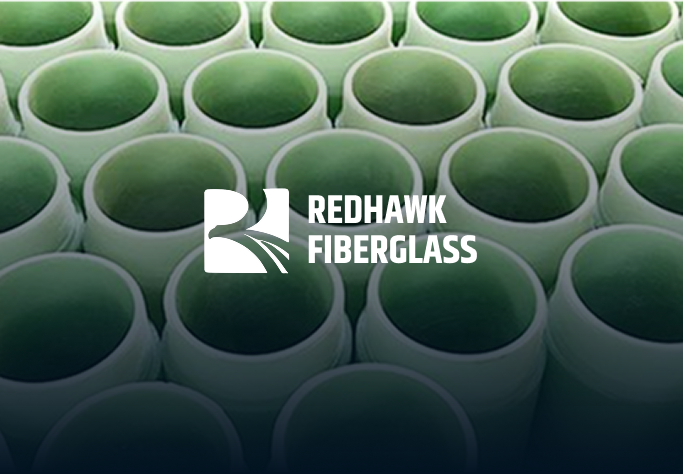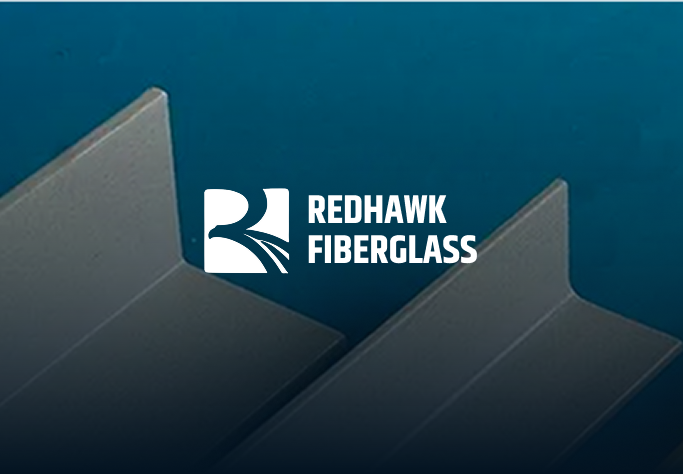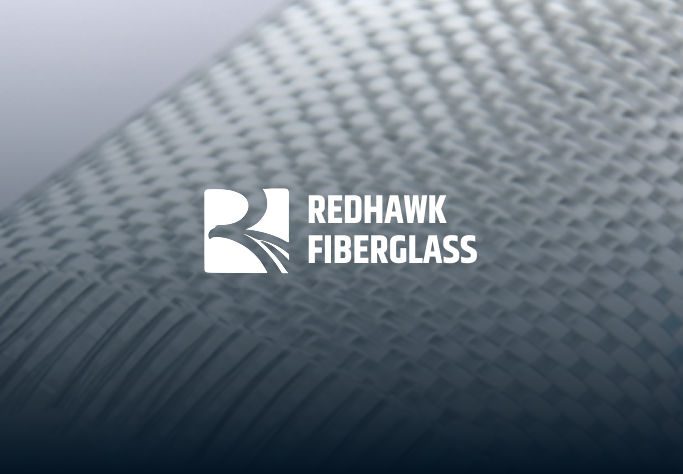The Strength-to-Weight Ratio of Fiberglass in High-Demand Manufacturing




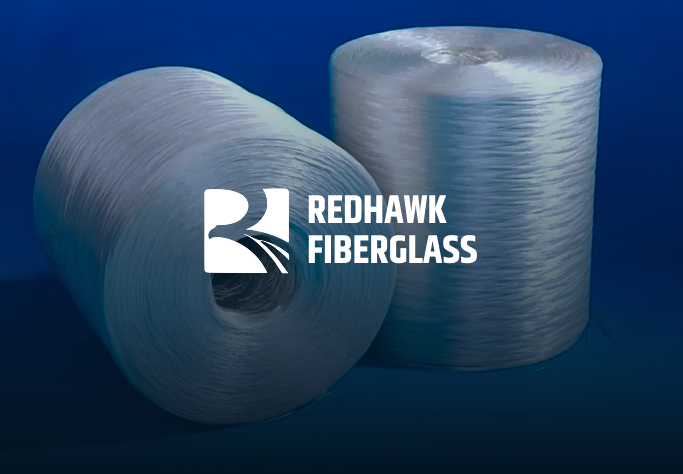
In modern industrial and construction sectors, the relentless pursuit of efficiency and reduced operational cost is driving a shift away from traditional heavy materials. For engineers, achieving maximum performance often hinges on the strength-to-weight ratio: the material’s capacity to withstand mechanical stress relative to its mass. Fiberglass Reinforced Plastic (FRP), or fiberglass composite, excels in this metric, offering structural performance comparable to steel at a fraction of the density. This characteristic is transformative across industries, reducing transportation costs, simplifying installation logistics, and lowering the overall energy demands of moving systems. The utilisation of lightweight, high-strength fiberglass components represents a strategic advantage in high-demand manufacturing where every kilogram saved contributes directly to enhanced performance and sustainability.
Comparing the mechanical properties of composites to metals reveals why fiberglass is rapidly becoming the material of choice for structural and component manufacturing. While steel may be stronger, its density severely limits its application where weight is a factor. Fiberglass, however, bridges this gap, delivering high tensile and remarkable strength with weight often four to six times lower than steel. The structural integrity of these components depends on the perfect synergy between glass fiber reinforcement and the surrounding fiberglass resin matrix.
The intrinsic strength of FRP lies in the glass fibers, which carry the load. Manufacturing processes like pultrusion and filament winding allow engineers to precisely align these fibers to withstand specific stresses—such as the axial load in a structural column or the hoop stress in a pipe. This engineered anisotropy (strength in a specific direction) is a significant advantage over isotropic metals, which distribute stress equally in all directions, often leading to unnecessary weight in non-critical planes. The resulting component is not merely strong but efficiently strong, capable of bearing significant loads without the dead weight associated with metallic alternatives. Quality assurance begins with reputable fiberglass material suppliers who provide the high-grade raw components necessary for this engineered strength.
Due to its non-metallic nature, fiberglass exhibits superior endurance. It does not suffer from the same type of cyclic stress failure common in metals, where repeated loading leads to material degradation and eventual failure. Fiberglass composites absorb and dissipate impact energy more effectively, offering better resilience to sudden, high-force instances without being deformed. This is vital for structures in dynamic environments, such as transport vehicle components or access systems exposed to continuous vibration and accidental impacts.
The strength-to-weight ratio delivers tangible benefits when scaling up large structures, particularly in corrosive or remote environments.
By using lightweight structural fiberglass, the required dead load of the supporting structure is dramatically reduced. This delivers several financial and structural advantages:
A structural beam made of fiberglass that is four times lighter than its steel counterpart offers significant logistical improvements:
Beyond fixed infrastructure, the light weight of fiberglass is a performance multiplier in any system involving motion, vibration, or energy consumption.
In the automotive and heavy-duty truck sectors, reducing mass translates directly into greater efficiency:
FRP composites have inherent dampening properties superior to most metals, leading to operational benefits:
The fabrication process is key to achieving the optimal strength-to-weight performance of the final composite part.
Pultrusion
Pultrusion is the method of choice for structural profiles (beams, channels, rods). This process:
Molding
Compression molding techniques, often utilizing fiberglass sheets or a tailored fiberglass sheet material, allow for the creation of intricate, three-dimensional parts that maintain high strength in complex geometries:
Redhawk Fiberglass stands as a leading fiberglass manufacturer, providing a diverse portfolio of advanced fiberglass products engineered to solve complex industrial and commercial challenges through superior strength-to-weight performance. Redhawk’s core mission is to replace heavy, maintenance-intensive, and corrosion-prone traditional materials with advanced composites that reduce total cost of ownership (TCO), improve logistical efficiency, and enhance structural durability across a range of applications from infrastructure to architecture. As a trusted fiberglass supplier and fiberglass distributor, the company’s focus is on delivering materials that allow clients to streamline production and construction while achieving maximum structural integrity with minimum mass. The company operates as a key manufacturer of fiberglass, dedicated to quality fiberglass supply.
Redhawk Fiberglass offers a comprehensive, highly specialized range of fiberglass solutions engineered for light weight and high strength:

Through its mastery of these varied composite processes, Redhawk Fiberglass provides engineers, architects, and manufacturers with the necessary materials to build lighter, stronger, and more enduring projects.
The strength-to-weight ratio is the definitive metric of material efficiency in the modern era of manufacturing. Fiberglass composites allow sectors from transportation to infrastructure to achieve critical load-bearing capacity and resilience without the financial and operational burden of excessive mass. By selecting and processing advanced fiberglass resin and high-tensile glass fibers through specialized techniques like pultrusion, filament winding, and SMC fiberglass molding, manufacturers gain access to lightweight materials that provide superior fatigue life, non-corrosive properties, and logistical simplicity. Ultimately, materials engineered for optimal strength-to-weight, such as those provided by Redhawk Fiberglass, a leading fiberglass manufacturer and fiberglass distributor, represent a core strategy for achieving higher efficiency, lower long-term maintenance, and optimal performance across all high-demand industrial applications.
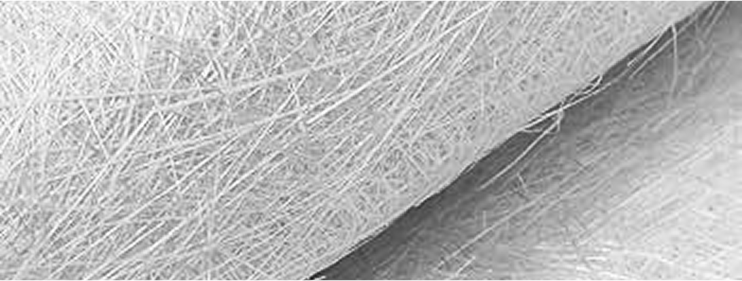
Leading fiberglass manufacturer Redhawk Fiberglass offers a 6-Point Mat (Chopped Strand Fiberglass), which features excellent flowability and high-temperature stability for diverse fiberglass composites

Premier fiberglass manufacturer Redhawk Fiberglass offers Glass Fiber Reinforced Gypsum (GRG) board, a lightweight, high-strength solution for diverse architectural and construction applications.
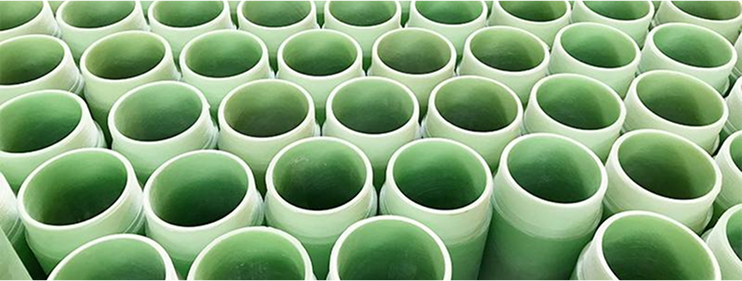
Premier fiberglass manufacturer Redhawk Fiberglass offers Filament Winding, creating precise, high-strength fiberglass composites with excellent thermal and chemical stability for demanding applications.
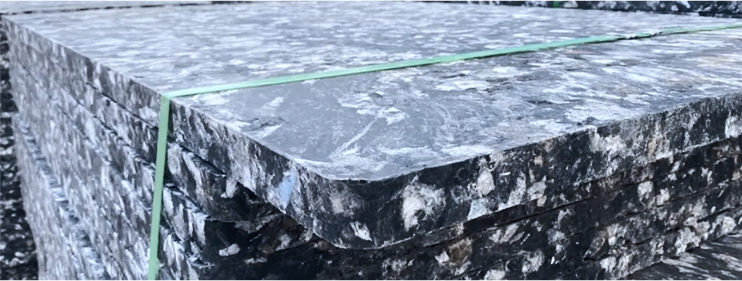
Premier fiberglass manufacturer Redhawk Fiberglass offers Engineering Thermoplastics (GFRT), a lightweight, high-performance fiberglass composite that boosts strength, heat resistance, and dimensional stability for diverse industrial uses.


